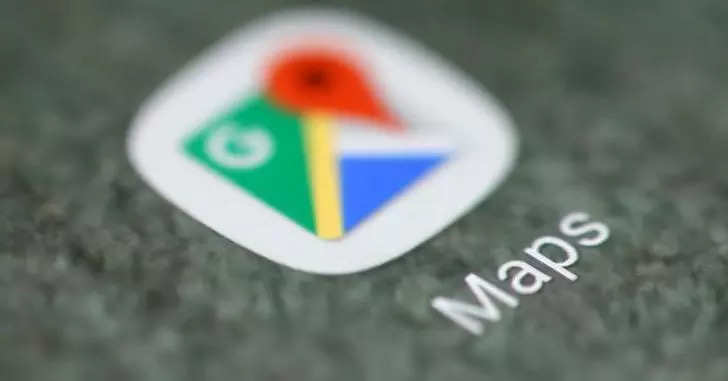Thankfully, Google recently added Air Quality Index data in Google Maps that allows users to check the air quality around them as well as the place they are visiting. And, here’s how you can check the air quality using Google Maps.
Pre-requisites:
To check air quality in Google Maps, you need a Android or iOS device with an internet connection. You also need to ensure that your Google Maps app is up to date. Additionally, you need to grant location access to the app so that it can detect your current location.
Steps to check air quality in Google Maps:
Steps
Open the Google Maps app on your smartphone or go to the Google Maps website on your computer.
Enable location services on your smartphone or computer. This will allow Google Maps to detect your current location.
Search for a location in the search bar, or simply tap on the map to select a location.
Now, tap on the Layers icon placed the top right corner of the Maps screen on smartphones and on computer, it is placed at the bottom left corner.
From the popup menu, choose Air Quality option.
That’s it, Google Maps will start showing you the air quality around you.
Conclusion:
Checking the air quality in your area is easy with Google Maps. By following the simple steps outlined in this article, you can quickly and easily check the air quality index in any location. With this information, you can take steps to protect yourself and your loved ones from the harmful effects of air pollution.
!(function(f, b, e, v, n, t, s) {
window.TimesApps = window.TimesApps || {};
const { TimesApps } = window;
TimesApps.loadFBEvents = function() {
(function(f, b, e, v, n, t, s) {
if (f.fbq) return;
n = f.fbq = function() {
n.callMethod ? n.callMethod(…arguments) : n.queue.push(arguments);
};
if (!f._fbq) f._fbq = n;
n.push = n;
n.loaded = !0;
n.version = ‘2.0’;
n.queue = [];
t = b.createElement(e);
t.async = !0;
t.src = v;
s = b.getElementsByTagName(e)[0];
s.parentNode.insertBefore(t, s);
})(f, b, e, v, n, t, s);
fbq(‘init’, ‘593671331875494’);
fbq(‘track’, ‘PageView’);
};
})(
window,
document,
‘script’,
‘https://connect.facebook.net/en_US/fbevents.js’,
);if(typeof window !== ‘undefined’) {
window.TimesApps = window.TimesApps || {};
const { TimesApps } = window;
TimesApps.loadScriptsOnceAdsReady = () => {
var scripts = [
‘https://static.clmbtech.com/ad/commons/js/2658/toi/colombia_v2.js’ ,
‘https://www.googletagmanager.com/gtag/js?id=AW-877820074’,
‘https://www.googletagmanager.com/gtag/js?id=AW-658129294’,
‘https://timesofindia.indiatimes.com/grxpushnotification_js/minify-1,version-2.cms’,
‘https://connect.facebook.net/en_US/sdk.js#version=v10.0&xfbml=true’,
‘https://timesofindia.indiatimes.com/locateservice_js/minify-1,version-14.cms’
];
scripts.forEach(function(url) {
let script = document.createElement(‘script’);
script.type=”text/javascript”;
if(!false && !false && !false && url.indexOf(‘colombia_v2’)!== -1){
script.src = url;
} else if (!false && !false && !false && url.indexOf(‘sdkloader’)!== -1) {
script.src = url;
} else if (!false && !false && (url.indexOf(‘tvid.in/sdk’) !== -1 || url.indexOf(‘connect.facebook.net’) !== -1 || url.indexOf(‘locateservice_js’) !== -1 )) {
script.src = url;
} else if (url.indexOf(‘colombia_v2’)== -1 && url.indexOf(‘sdkloader’)== -1 && url.indexOf(‘tvid.in/sdk’)== -1 && url.indexOf(‘connect.facebook.net’) == -1){
script.src = url;
}
script.async = true;
document.body.appendChild(script);
});
}
}








More News
OnePlus Nord CE 4 to launch in India on April 1: Here’s what the smartphone will offer – Times of India
Xiaomi 14 series is now available in India: Sale, pre-booking and more – Times of India
Kiren Rijiju: Why Earth Sciences minister Rijiju is upset with this European IT company | – Times of India